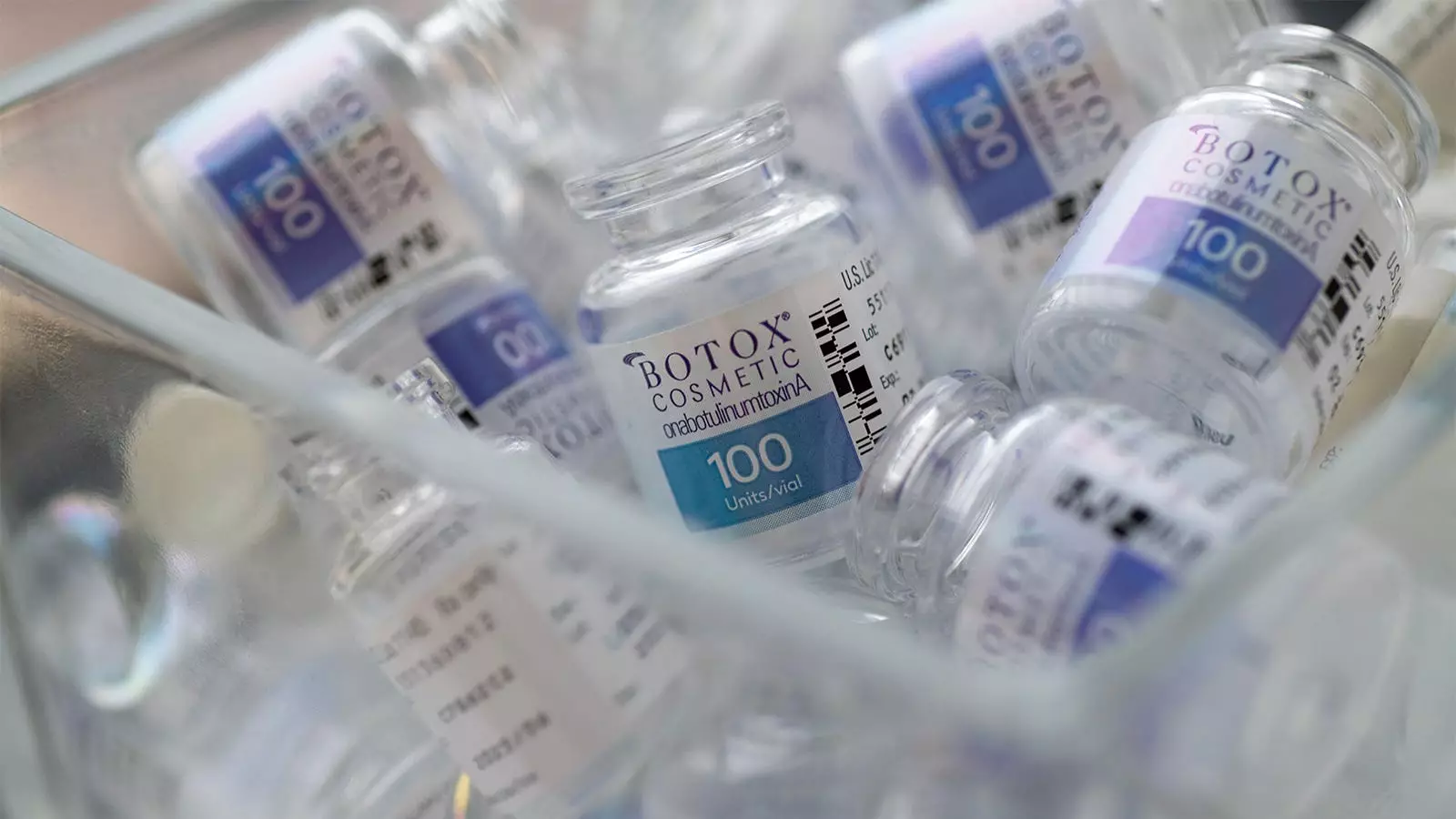The account of botulinum toxin, known colloquially as Botox, is rooted in an unsettling but enlightening incident that occurred in December 1895. A tragic food poisoning event ensnared 34 members of a Belgium brass band who succumbed to the horrifying effects of botulism after feasting on tainted salted ham. What began as a post-performance meal turned into a medical crisis, with the victims exhibiting symptoms like vomiting, double vision, and paralysis. The rapid deterioration of their health prompted an investigation, leading to the pivotal discovery of the bacterium Clostridium botulinum by microbiologist Émile van Ermengem. This exploration not only unveiled the dangers hidden within preserved foods but also set the stage for one of the most significant medical breakthroughs of modern times.
This narrative serves as more than just a historical footnote; it illustrates the unpredictable synergy of experience and discovery that defines medical advancements. The tragedy impacted the lives of the band members and their families, yet ultimately highlighted a critical lesson: serendipity often lies in wait when robust doctor-patient relationships foster open, honest dialogue about health and phenomena unanticipated by medical professionals.
As years rolled on, the medical community began to grasp the power of serendipity, which struck again in 1987 thanks to Canadian ophthalmologist Dr. Jean Carruthers. Initially employing Botox to treat muscle spasms around the eyes, Dr. Carruthers never could have anticipated the revolutionary leap that was set in motion by a simple patient observation. When a patient informed Carruthers that injecting Botox into her forehead eliminated her wrinkles, an unexpected avenue for cosmetic applications opened.
This instance also underscores an often overlooked aspect of medical practice: the value of listening. Carruthers’s decision to take her patient’s observation seriously was pivotal. In an era where faster diagnosis and patient throughput are prioritized, physicians must strive to cultivate the meaningful doctor-patient relationships that lead to groundbreaking innovations. It illustrates not just a fortuitous coincidence but a significant insight born from attentiveness and trust.
The evolution from botulism to Botox is not merely a culinary or cosmetic transformation; it has implications for entire medical practices and philosophies. Throughout history, many groundbreaking medical advancements—like penicillin or X-ray machines—emerged from unforeseen circumstances. In Botox’s case, the nuance and importance of interpersonal connections between patients and providers cannot be overstated. Dr. Rana Awdish, a physician and thought leader, points out that the ability to make meaningful diagnoses often relies on these serendipitous moments that necessitate sufficient time and trust between the doctor and patient, which have become scarce resources in today’s healthcare environment.
As healthcare continues to adapt to the challenges posed by evolving technologies and efficiency-driven environments, the essence of patient-centered care risks being undermined. A particularly troubling trend has emerged: the qualitative aspects of medical practice, specifically communication and relational interactions, face expulsion from the exam room in favor of productivity metrics.
Challenges Facing Modern Medical Practice
The constraints of modern medicine inevitably affect not only patient satisfaction but the potential for innovative insights. As Awdish emphasizes, serendipity can often invoke meaningful diagnoses during patient histories, but this requires an atmosphere where patients feel safe sharing even the most embarrassing details. The challenges faced today—driven by time-crunched schedules and eroded patient trust—are counterproductive to fostering those necessary interactions, leading to a conspicuous gap in potential serendipitous discoveries.
In a post-COVID-19 landscape, where relationships between patients and medical professionals have come under strain, rebuilding trust becomes paramount. To reclaim that sacred space of dialogue and inquiry—where a single shared observation can alter the course of medicine—healthcare institutions must prioritize time and emotional investment in patient interactions.
As we reflect on the narrative encompassing botulinum toxin and its unexpected journey to becoming Botox, it urges us to re-evaluate our understanding of medical innovation and practice. The true lesson lies not solely within the scientific pursuits of healthcare but also within the dynamic interplay between patients and physicians, where serendipitous moments can lead to profound discoveries.
Moving forward, it is crucial for the medical community to foster environments where trust and openness are prioritized. Only then will the potential for serendipitous moments—whether they lead to new treatments or insightful diagnoses—flourish, allowing the medical field to evolve and respond to the intricate tapestry of human health. In the long run, embracing these elements could very well pave the way for the next breakthrough in medicine.


Leave a Reply